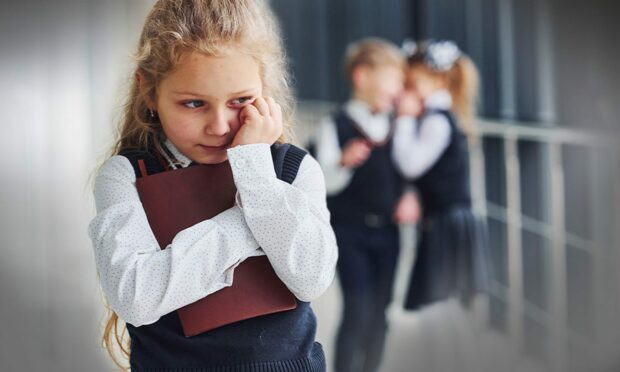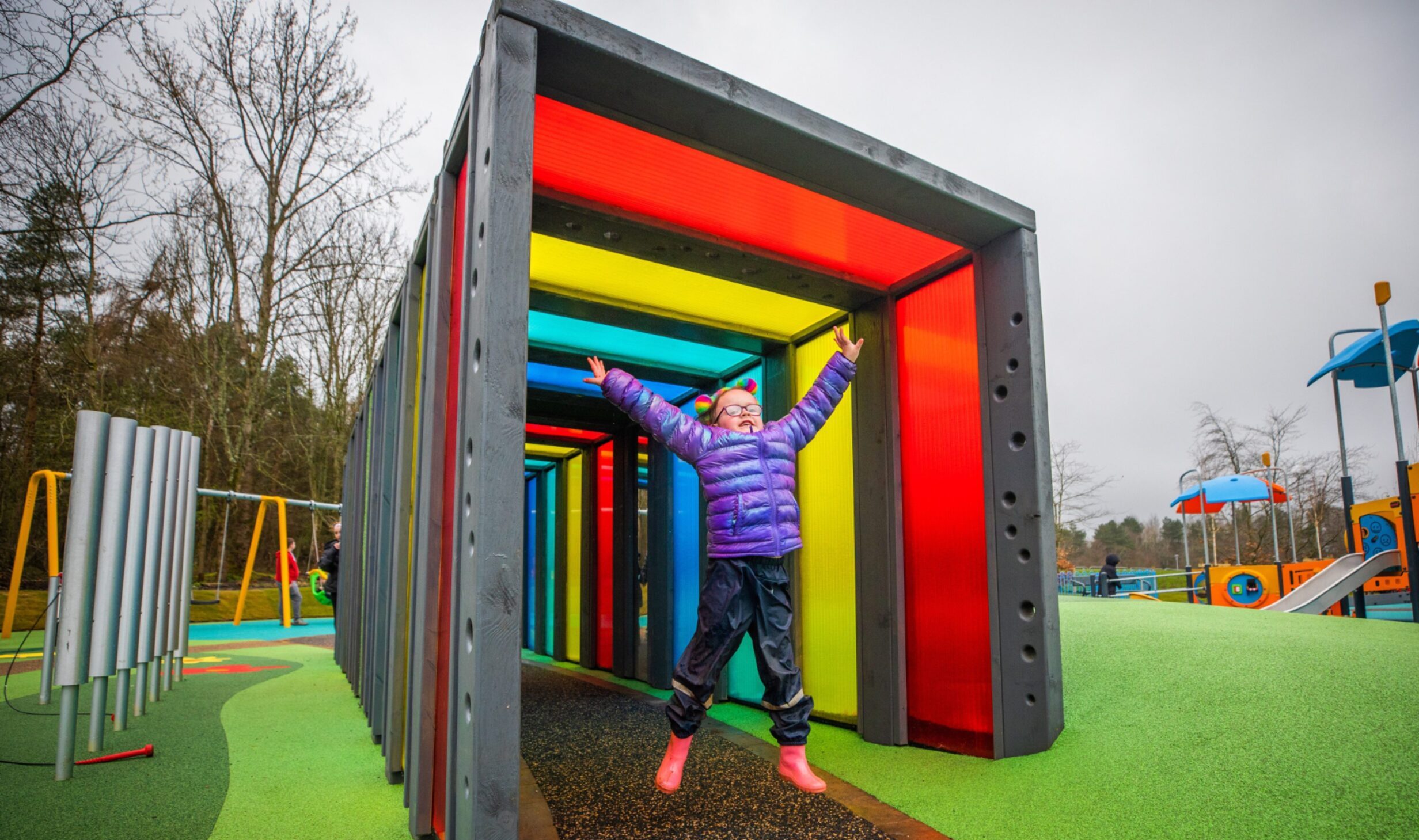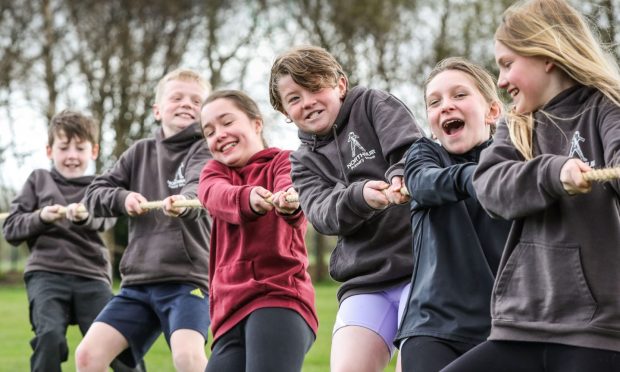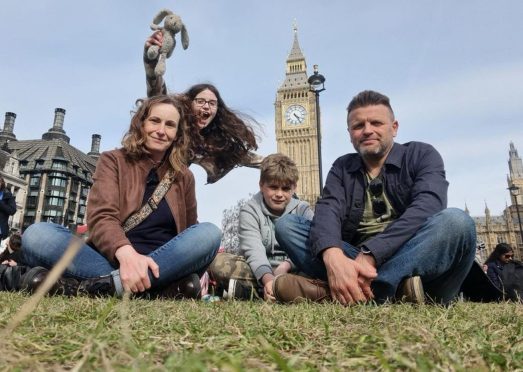Fife counsellor Angela Gilluley works with children who refuse to go to school and says the majority of cases she sees are victims of bullying or violence.
More than 1,000 incidents of bullying were recorded by Tayside and Fife schools last year – a figure reckoned to mask the true extent – and Angela says she is seeing more and more children as a result.
Whether they are a victim or a witness, she says that the fear of being attacked is making some kids “paralysed with fear” and too scared to go to school.
She said: “The trauma of being attacked, you wouldn’t put yourself back in that situation for fear of it happening again.
“And there are other kids who have witnessed that and say ‘I’m too scared to go in, it might be me next’.”
When children see perpetrators back in school shortly after or they see school staff reluctant to physically intervene, she says that can make them feel violated, let down and less likely to report future assaults.
“Maybe the teacher is told not to [intervene], they might lose their job, but the kids don’t see that,” she said.
“They just wonder why they are not helping and they lose their trust in everybody.
“A lot of kids are saying they don’t bother to tell anybody anymore.”
What can parents do when their child refuses to go to school?
Parents desperately worried about their children but unable to find a resolution end up feeling hopeless and helpless, she said.
She said: “They don’t know where to turn. Your child is telling you ‘I’m not going to school’.
Their behaviour means something.”
Counsellor Angela Gilluley
“Whether they are saying it’s anxiety, whether they are saying it’s bullying or they have been attacked, a lot of kids are unable to tell their parents the reason they are not going.”
But she urged parents to communicate with and really listen to children who are refusing to go to school, rather than dismissing them as being difficult.
She said: “Their behaviour means something.
More in our school refusers series:
- Dundee teenagers reveal why they won’t – or can’t – go to class
- Autistic Fife teenager Alannah missed her entire final year
- Angus parent reveals anguish of daughter too anxious for school
- The Dundee teachers helping teenagers so anxious they are housebound
- The law and advice for when kids won’t go to class
“People might think ‘they are just kidding us on, they just won’t go’ but they couldn’t be further from the truth.
“Don’t get me wrong, there may be kids who say ‘I don’t want to go’ just because they simply don’t want to go but with what’s happening in schools there are a lot of kids paralysed with fear.”
Bullying not the only reason for school refusal
Shelagh McLean, Fife Council’s head of education, said: “We take any incident of bullying very seriously and do our best to support the wellbeing of all young people.
“There’s a range of support available including that delivered by partners, support agencies, the local community police, educational psychologists and counselling services.
“Our schools continue to work with our young people to talk about the impact of such incidents and to ensure all incidents of bullying are tackled.”
But bullying is far from the only the reason attendance of children and young people might suffer, with other factors including mental health and wellbeing and family issues.
When a young person isn’t attending school, we need to understand why that’s happening.”
Shelagh McLean, Fife Council education head
Ms McLean said: “When a young person isn’t attending school, we need to understand why that’s happening and good relationships are key to being able to support them and their family.
“We ask schools to identify someone who’ll be a link between the school and individual families.
“This ensures that the pupil voice is central to any discussion to identify what barriers there are to coming to school.
“This helps us to work out what supports and strategies need to be put in place to help them get back.
“There’s no ‘one size fits all’ solution.”
Schools work with health professionals where necessary, she said, some using pupil equity funding to provide family support support workers, for example, to encourage reengagement.
Fife schools monitor attendance to allow early intervention, and have access to a centrally-based team of family support workers and pupil support officers.












Conversation